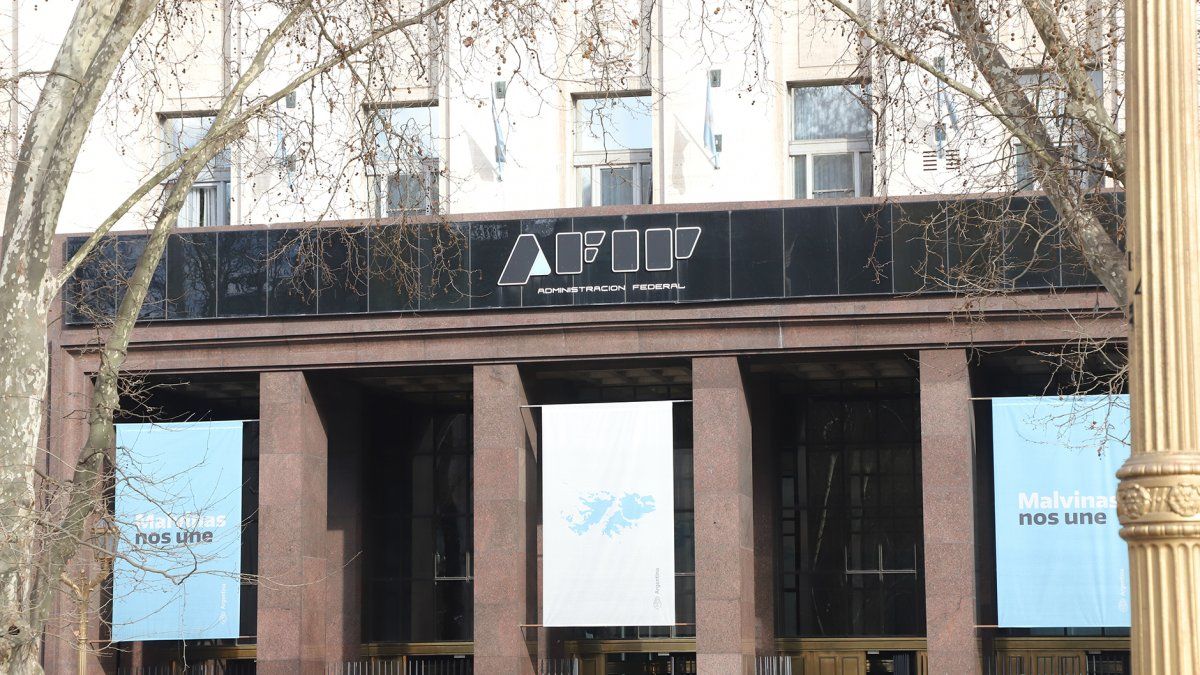Thus, with the three installments, the AFIP will be able to collect almost $230 billion, although the initial projection was $250 billion. The difference between what was expected and what was actually paid arises from the non-payment of some companies, but also from legal proceedings. As Scope was able to find out, Almost 30 companies sued the tax, although some later withdrew. In any case, they assure that it is only 2% of the impacted CUITs.
In 2023, payments will follow. Because although there are 3 installments, it varies depending on when the company closed the year. The amount of the payment on account was determined on legal entities that have determined income tax for at least $100 million, or declared a tax result of $300 million or more.
This “plus” in the income tax had a key role in the collection, according to the Congressional Budget Office. For example, in November Profits contributed 4 points to growth, and had the most notable positive variation, 18.2% discounting inflation. Likewise, together with the income of the second installment of the payment to a special account, the OPC assured that there was an “improvement in the labor market and greater economic activity, which generated more cases affected by the tax.”
Anyway, Nadin Arganarazdirector of the Institute for Fiscal Analysis (Iaraf), anticipated a point to take into account with the November collection: “This very good collection dynamics reflected the importance of the extra advance of profits. It is expected that the collection of this tax will continue very well in December. Next year, part of these advances will require compensation from other income.”.
how it came about
The advance of Profits for large firms was something like the replacement of an idea that the former Minister of Economy, Martín Guzmán, had to establish a tax on what he called “unexpected income”. The bill sought to tax companies with profits of more than $1,000 million with a 15% rate. In November, President Alberto Fernández asked Congress to move forward with his treatment. However, parliamentary sources assured that they did not have the votes, so it was never discussed.
Given this legislative context, and with the official need to meet the fiscal deficit goal of 2.5% for this year, against primary spending that grew 13% year-on-year in the first semester, the Minister of Economy, Sergio Massa, implemented another measure when he landed at the Palace of Finance in August of this year. So, the AFIP established through a resolution that for a “one time” less than 1% of the companies had to pay an advance of income tax.
Meanwhile, one of the agendas that the AFIP will have for 2023 is for large companies to pay more income tax. Although the rate can rise to 35%, the Government has studied that there are companies that pay 5% effectively, for “gadgets that lower taxation.” In fact, in one of her speeches this year, Vice President Cristina Fernández de Kirchner installed the issue at the UOM: “A worker who exceeds the profit ceiling is subject to a 35% tax rate, he has no chance of drawing the salary as the balance sheets of large companies are drawn, which end up paying 5-6% of the tax.”
Source: Ambito
David William is a talented author who has made a name for himself in the world of writing. He is a professional author who writes on a wide range of topics, from general interest to opinion news. David is currently working as a writer at 24 hours worlds where he brings his unique perspective and in-depth research to his articles, making them both informative and engaging.




